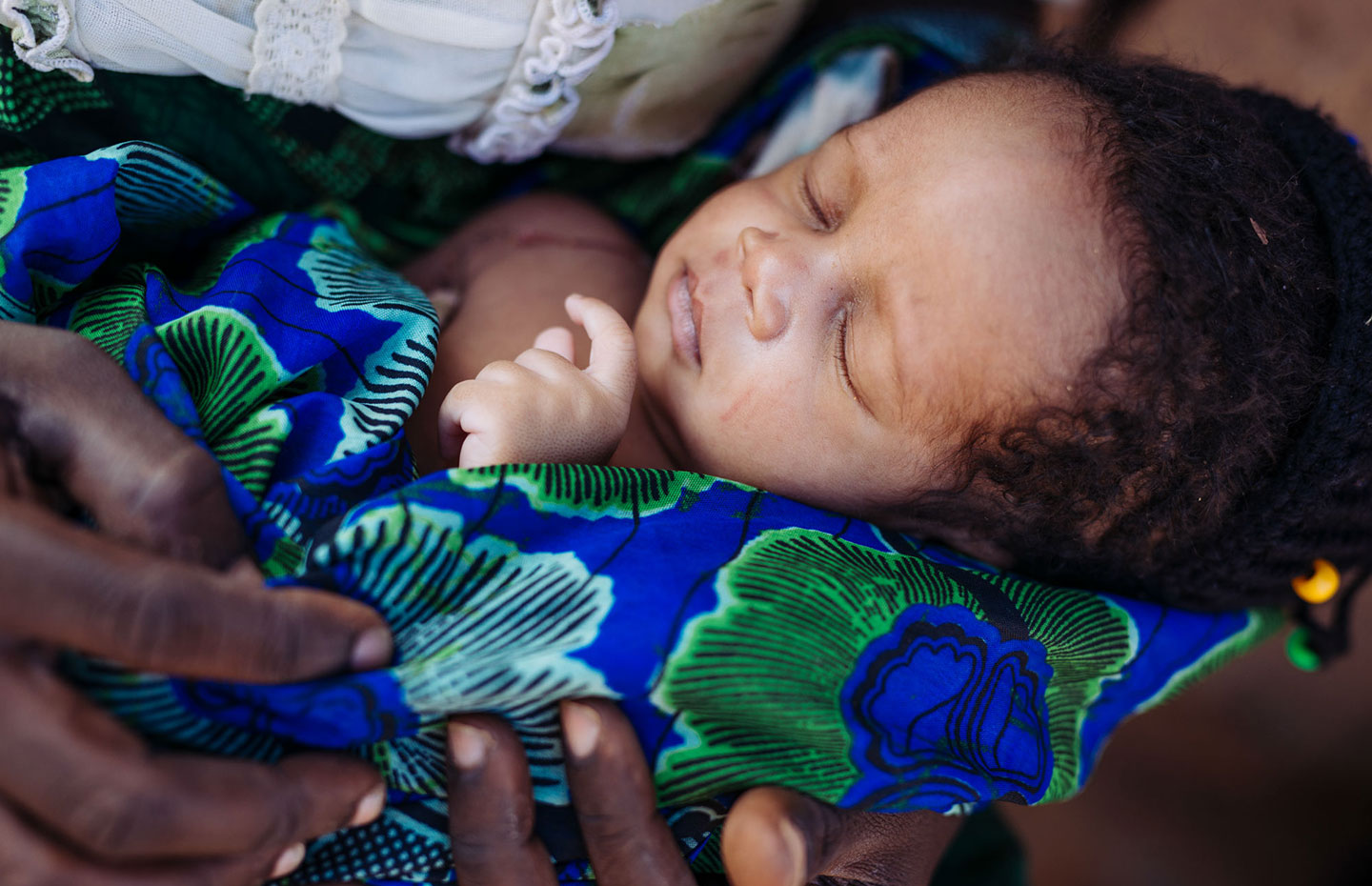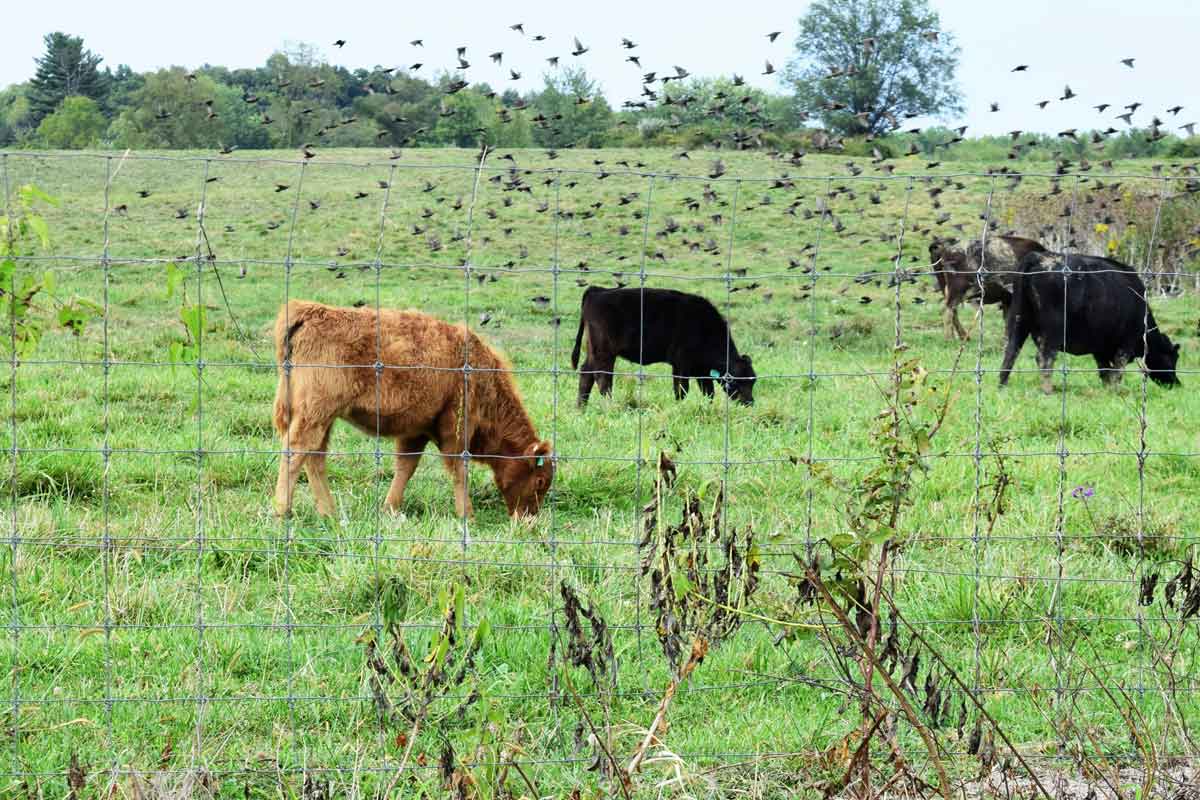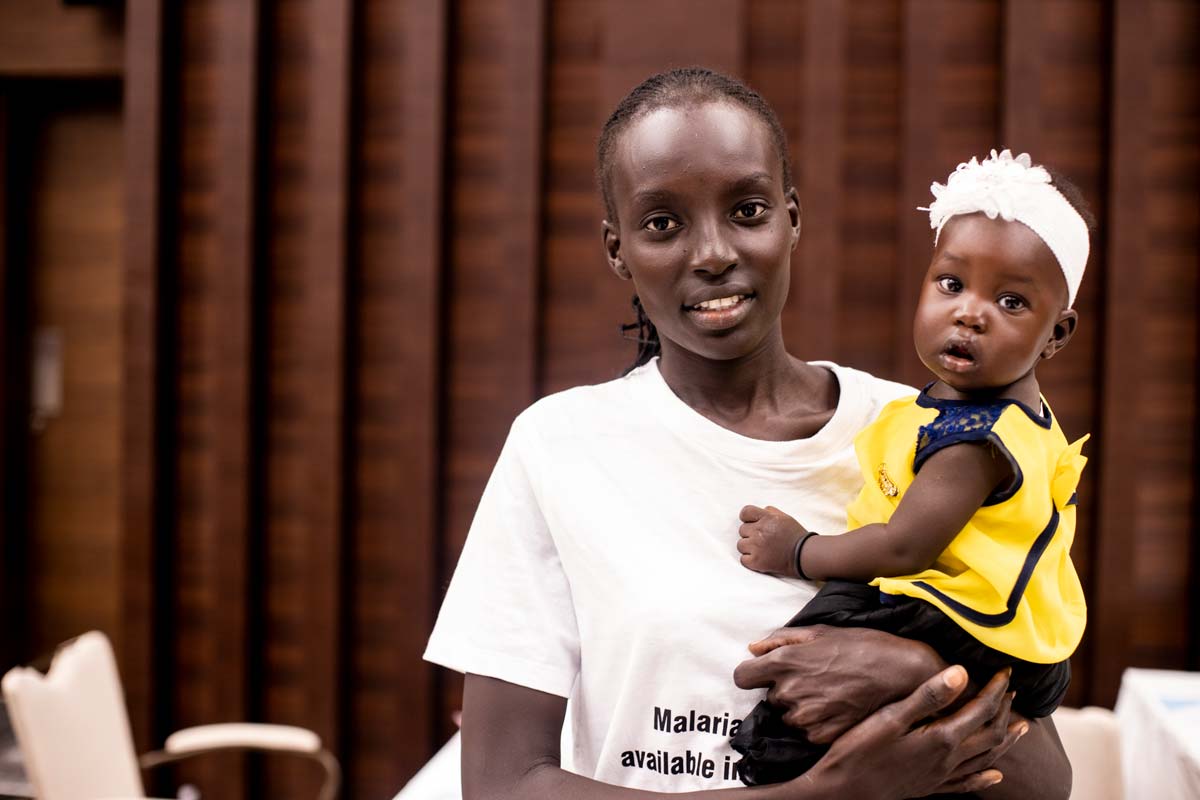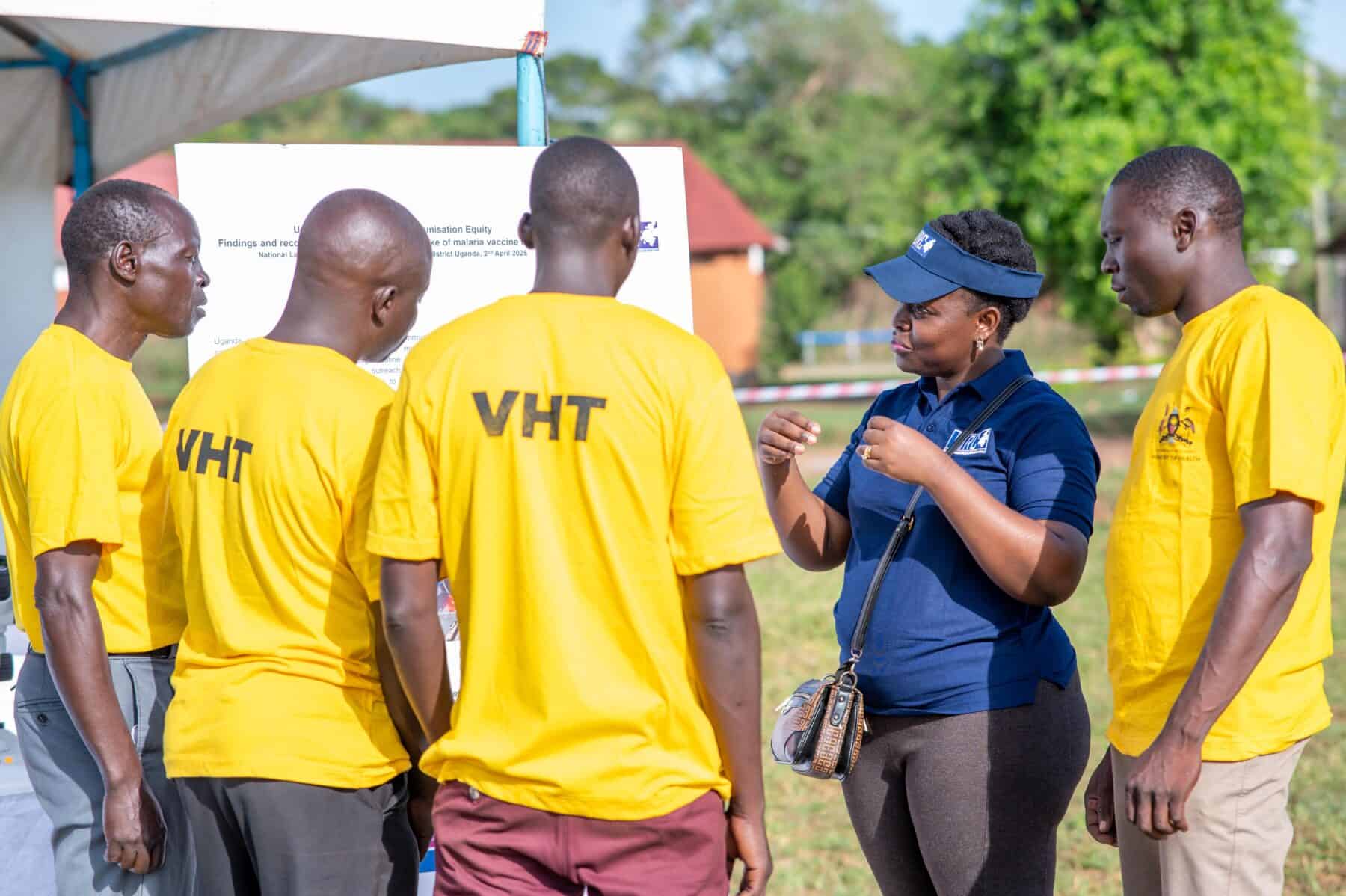By getting vaccinated in pregnancy, mothers can safeguard themselves and their infants in the first few vulnerable months of life against certain diseases.
This strategy is a powerful approach for reaching two stages of life often underserved by current immunization programs — pregnancy and early infancy.
Innovations are on the move and maternal immunization (MI) could soon be a long-sought answer to a widespread, but often unrecognized, cause of severe respiratory infections in young infants: respiratory syncytial virus (RSV). Several RSV vaccines are in development, one of which is in late-stage clinical trials and could be available as early as 2021 depending on the outcome—and it’s designed for MI. Researchers are evaluating its performance and potential benefits for both immunized mothers and their infants. If licensed, it would be the first-ever vaccine against RSV. But, developing a vaccine is only part of the challenge. Once the vaccine candidate is approved for use in the United States (where it is manufactured) and elsewhere, the world must be ready and able to use it, including low- and middle-income countries (LMICs) where current capacity to deliver vaccines within routine antenatal care services may be limited.
A new roadmap by the Advancing Maternal Immunization (AMI) collaboration coordinated by PATH and the World Health Organization (WHO) is now available to help. It outlines activities needed to inform decision making around if and how to bring maternal RSV vaccines from the development phase into routine use in LMICs. It highlights an opportunity for immunization and maternal and child health programs to come together like never before to address remaining questions and lay the groundwork for MI strategies that strengthen vaccine and antenatal care service delivery more broadly. The real work is just beginning.
Defining the pathway forward
A maternal RSV vaccine has global potential for sure, but it would be revolutionary in limited-resource settings. Easily confused with a common cold in older children and adults, RSV can be deadly for infants—especially those younger than six months old and living in LMICs, which is where almost all RSV mortality occurs. Of the more than 30 million childhood cases worldwide, RSV causes 1.4 million hospitalizations in the first year of life and 120,000 deaths before five years of age worldwide each year. Severe complications include pneumonia and bronchiolitis. If successful, RSV MI would give mothers the power to protect their babies early, which is especially important in settings where medical care is out of reach and caring for the sick can threaten livelihoods. Beyond that, mothers would also be protected from RSV, pregnancy outcomes may benefit, and the chance of a mother transmitting RSV infection to her infant after birth could be reduced.
Though MI is already used safely and effectively in many countries against diseases such as tetanus, influenza, and pertussis, delivery challenges and information gaps prevent it from being widely used in LMICs beyond tetanus prevention. With the availability of RSV vaccines for MI on the horizon, addressing these issues now is critical. Not to do so would delay, or even preclude, introduction and delivery in countries that need it most.
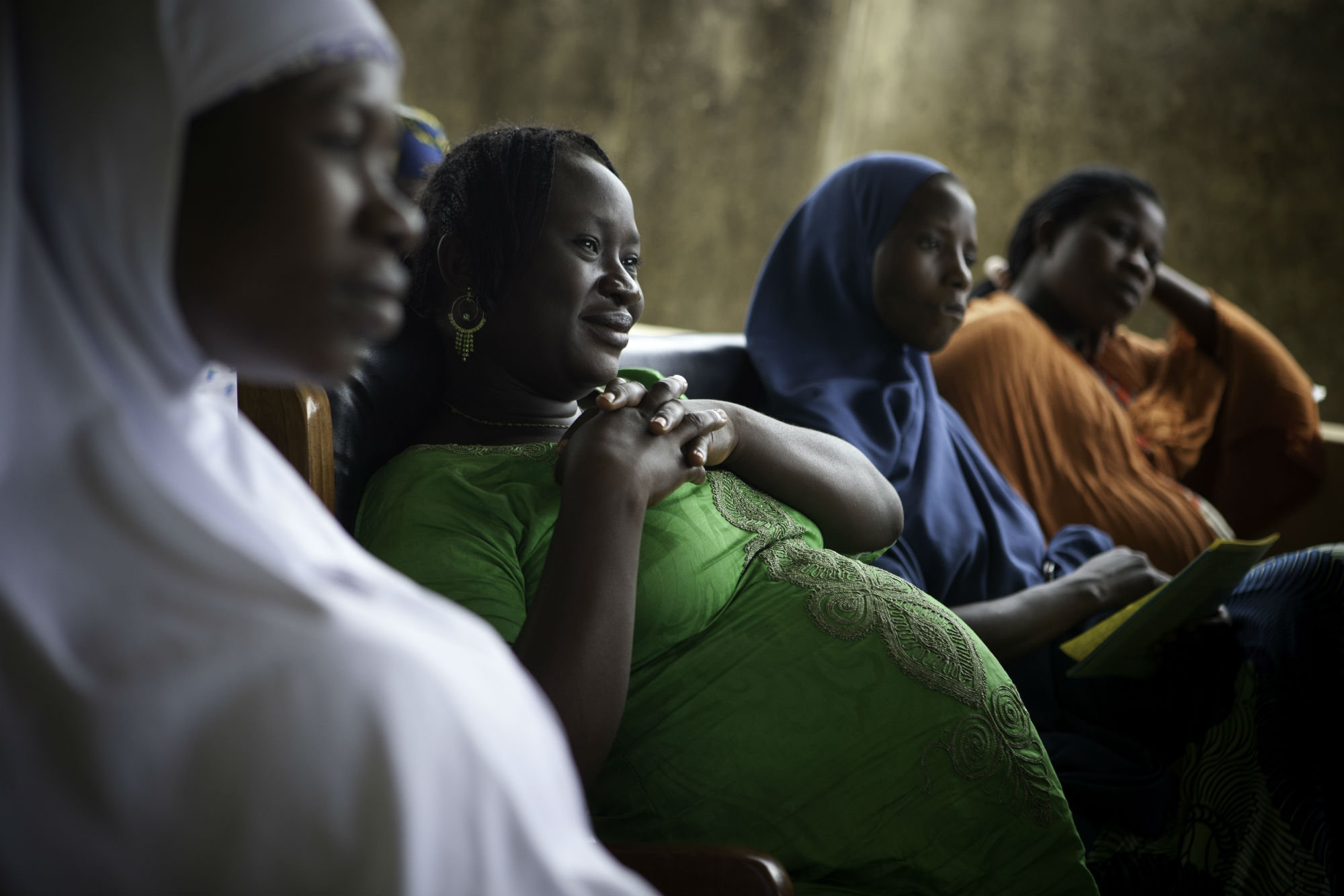
A roadmap to advance RSV maternal immunization
Based on a gap analysis conducted in early 2018 , AMI’s RSV MI roadmap is designed to help researchers, policymakers, health practitioners, funders, advocates, and other stakeholders at global and country levels gauge when and where to direct efforts for addressing the obstacles inherent to RSV MI introduction. It also outlines the activities necessary to empower countries to make decisions about adoption amidst competing public health priorities.
The most urgent activities specifically center on supporting vaccine development and licensure; assessing RSV MI’s potential health impact and return on investment to inform policy and financing decisions; preparing for post-introduction monitoring; developing communication strategies to support awareness and uptake; and ensuring countries are equipped to deliver the vaccine routinely, efficiently, and equitably once it is available.
Beyond RSV prevention
MI can empower mothers to protect themselves from RSV and their infants at birth and for several months thereafter—highlighting the ability of vaccination to guard against disease at all stages of a person’s life. The maternal RSV vaccine currently at the most advance stage of development is poised to make history not just as the first vaccine to protect against the virus, but as the first specifically designed for MI and one of the first to target near-simultaneous availability in both high- and low-income settings. It’s also a natural opportunity to lay a foundation that extends beyond RSV prevention, since the platforms developed and strengthened for it could be used for additional MIs in the future and to strengthen antenatal care services overall.
None of this will be possible unless we can make informed decisions and prepare for RSV vaccine introduction now. We must act on the roadmap to be able to deliver MI when the time comes—and work across programs to do so. Check out the report to see how you can contribute.
MI is a powerful health tool; let’s learn together how to wield it to its full potential.
